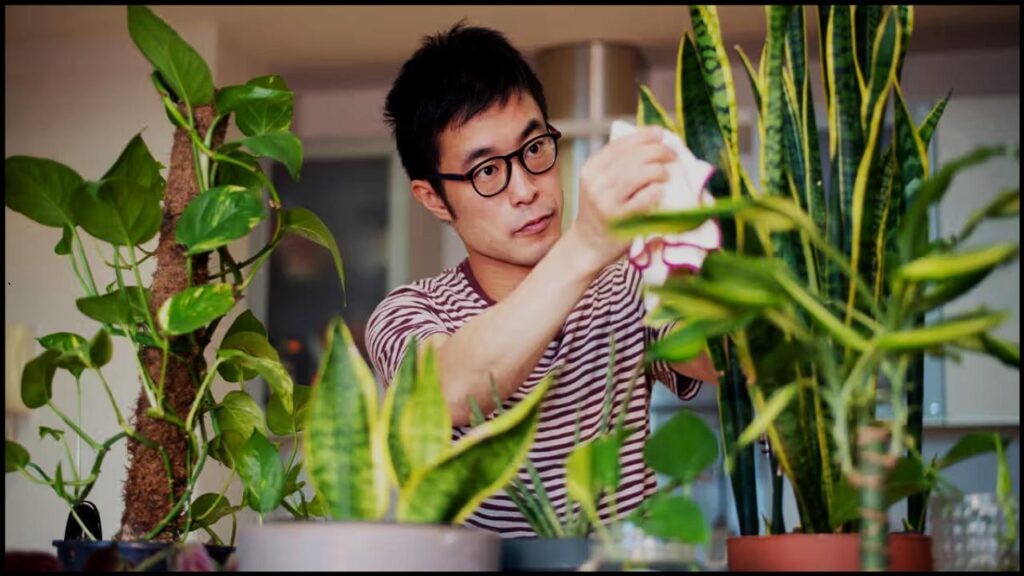
If your houseplants are looking sad, wilted, or downright crispy, don’t panic—you’re not the only one struggling to keep that green vibe alive. Houseplants can be surprisingly picky, and sometimes, it’s the little things that make the biggest difference. Let’s dig into 8 surprising reasons your houseplants aren’t thriving, and how you can flip the script and turn things around with confidence.
Taking care of houseplants isn’t rocket science, but it does take a little know-how and a lot of attention to detail. Once you understand these eight surprising reasons your houseplants aren’t thriving, you can course-correct and build your own indoor jungle. Plants don’t need perfection—just consistent, thoughtful care. You got this.
Overwatering: The Silent Killer
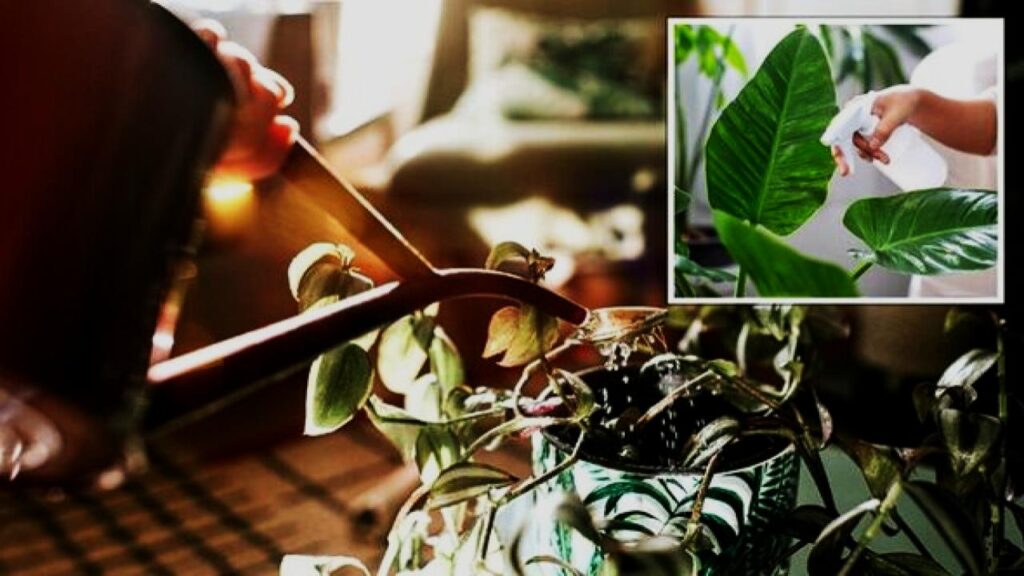
Let’s start with the most common sin of plant parenting: overwatering. Your heart might be in the right place, but if your plant’s soil is constantly soggy, you’re doing more harm than good. Overwatering suffocates roots, causes rot, and invites fungus gnats like it’s an open bar. Always check the soil first. Stick your finger about an inch in—if it’s still damp, wait. And make sure your pot has drainage holes!
Underwatering: Dry Drama
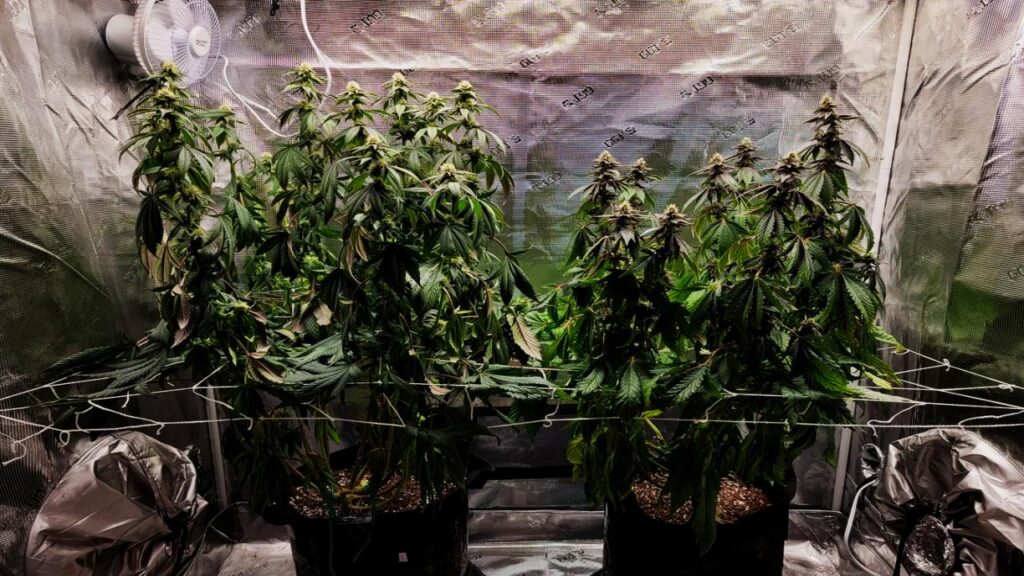
On the flip side, underwatering makes your plants look like they just came out of a desert thriller. Brown leaf edges, droopy stems, and crispy tips scream thirst. If you can’t remember the last time you watered, chances are it’s been too long. Use a calendar or phone reminder to stay on track.
Insufficient Light: Left in the Dark
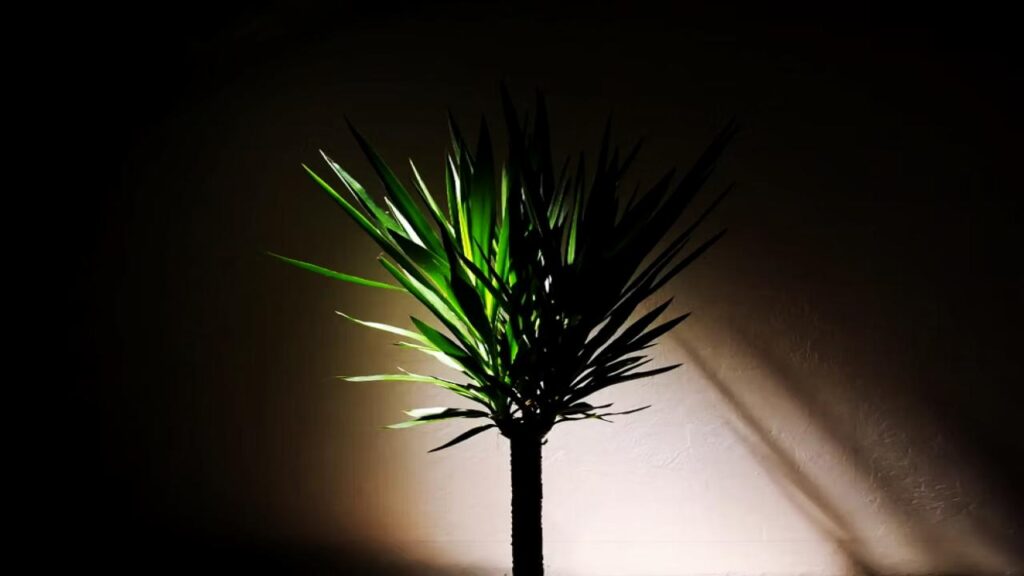
Light is plant food, plain and simple. If your plant is stretching like it’s doing yoga or looking faded, it’s probably craving more rays. South or east-facing windows are usually the MVPs. Pro tip: rotate your plants weekly to keep growth even and upright.
Poor Soil Quality: Wrong Foundation

Even if everything else seems okay, using crummy soil can tank your plant. Cheap or incorrect soil can clog drainage, hoard water, and starve roots. Get a potting mix tailored for your plant type—cactus mix for succulents, peat-heavy blends for tropicals. If your soil feels compacted, it might be time to repot.
Lack of Humidity: Dry Air Woes
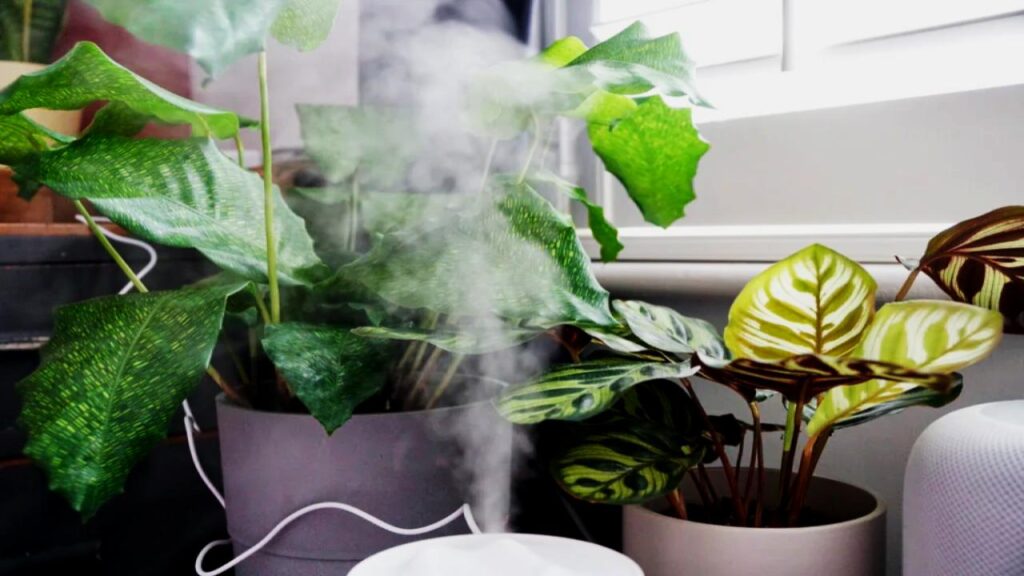
Tropical plants like peace lilies or monsteras need humidity—not the dry AC breeze blasting all summer. Signs of low humidity include curling, brown tips, and sad vibes. Grouping plants together, running a humidifier, or setting trays of water nearby can fix the problem fast.
Pest Infestations: Tiny Trouble

Even the best-kept plants can fall victim to bugs. Spider mites, mealybugs, and aphids are sneaky and destructive. Look out for sticky residue, tiny webs, or distorted leaves. Isolate infected plants, and go in with neem oil or insecticidal soap. Consistency is key—treat every few days until they’re gone.
Temperature Fluctuations: Chill Out!
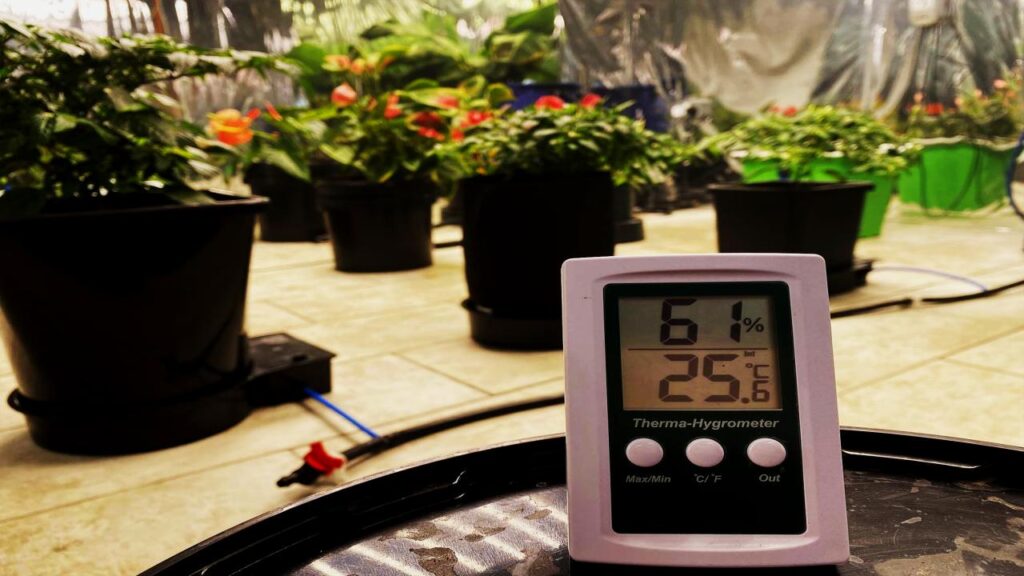
Plants love stability. Sudden changes in temperature can freak them out. Drafty windows, hot radiators, or direct AC vents are enemies. Keep your greenery away from these stress zones, and don’t be shy about moving them when the seasons change.
Neglecting Fertilization: Feed Me!
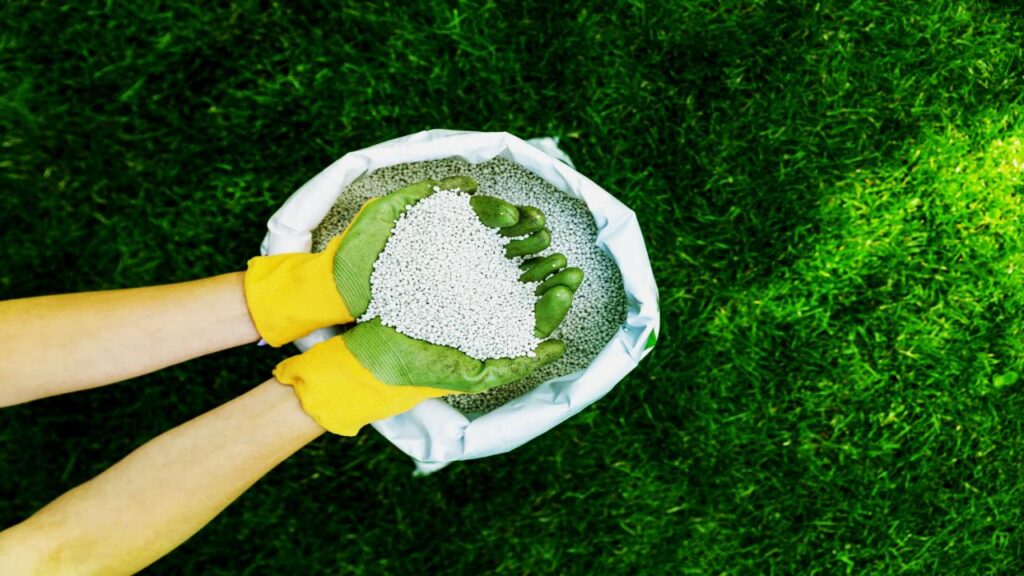
Your plant’s soil only packs so much punch. Over time, nutrients run out, and if you’re not feeding your plant, you’ll notice slow or no growth, faded leaves, or general meh-ness. Use a balanced, water-soluble fertilizer every few weeks during spring and summer. But remember more isn’t better—overfertilizing can burn roots.
Bonus Tips for Houseplant Success
Choose the Right Plant for the Right Place
Don’t try to grow a sun-loving cactus in your shady bathroom. Always match the plant’s needs to the environment you’re putting it in. If you live in a low-light home, go for snake plants, pothos, or ZZ plants.
Repot Annually
Even if your plant looks fine, its roots may outgrow the pot or the soil may degrade. Spring is a good time to repot. Pick a pot that’s one size bigger and refresh the soil.
Clean Those Leaves
Dust can block light and clog plant pores. Give your leafy buddies a gentle wipe with a damp cloth once a month. It helps them breathe and look shiny too.
Watch for Dormancy
In winter, many houseplants slow down and even stop growing. That’s totally normal. Cut back on watering and stop fertilizing until spring.
Consider Grow Lights
If you’re in a spot with short daylight hours (hello, northern winters!), a small LED grow light can make all the difference for your photosynthesis-starved plants.
Pro Tips to Turn Things Around
- Create a plant care routine: Just like brushing your teeth, routine makes care easier.
- Use tech tools: Apps like Planta or Blossom help you track watering, light, and more.
- Observe closely: Every plant has a personality. Watch how they react to new spots, water, or seasons.
- Don’t beat yourself up: We all kill a plant or two. It’s part of the learning curve.
